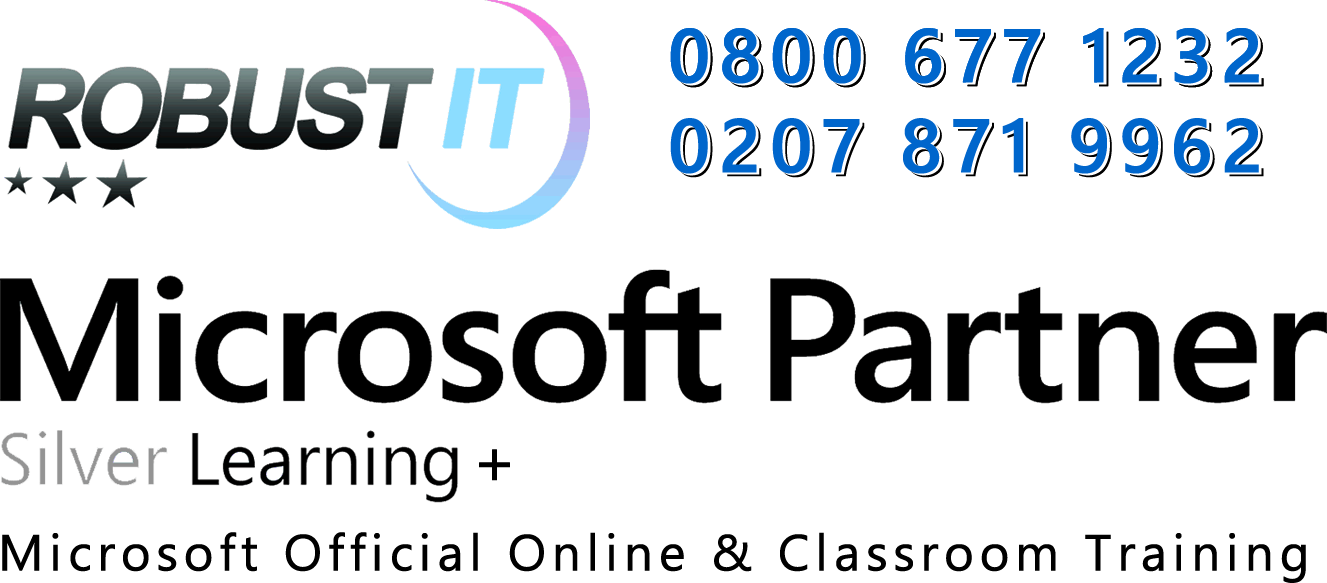About This Course
Get hands-on instruction and practice configuring and implementing new features and functionality in Windows Server 2012, including Windows Server 2012 R2, in this course.
This course is designed for IT professionals who want to upgrade their existing Windows Server technical skills to Windows Server 2012 and Windows Server 2012 R2. It presumes
a high level of knowledge about previous Windows Server technologies and skills equivalent to MCSA: Windows Server 2008 credential.
The course covers the new features and functionality in Windows Server 2012 and Windows Server 2012 R2, including management, network infrastructure, storage, access control,
virtualization, high availability, and identity federation. Specific technologies covered include Windows PowerShell, Storage Spaces and Internet Small Computer System interface (iSCSI),
Active Directory, Hyper-V, implementation of Remote Access solutions such as DirectAccess, VPNs, and Web Application Proxy (WAP). The course also covers Failover Clustering, Federation Services
as well as access and information provisioning and protection technologies such as Dynamic Access Control, and Web Application Proxy integration with Federation Services and Workplace Join.
This course is not a product upgrade course, detailing considerations for migrating and upgrading your specific environment to Windows Server 2012. Rather, this course will update your existing
Windows Server knowledge and skills to Windows Server 2012, including Windows Server 2012 R2.
Audience Profile
This course is intended for Information Technology (IT) Professionals who are experienced Windows Server system administrators who are familiar with carrying out day to day Windows Server management
and maintenance tasks. The course will update their skill to Windows Server 2012 and Windows Server 2012 R2. Candidates suitable for this course would be:
-
Experienced Windows Server Administrators who have real world experience working in a Windows Server enterprise environment.
-
IT professionals who have obtained the MCSA: Windows Server 2008, or a qualifying upgradeable certification, details of which are available here, or have equivalent knowledge.
-
IT Professionals wanting to take the Microsoft Certified Solutions Expert (MCSE) exams in Data Center, Desktop Infrastructure, Messaging, Collaboration and Communication will
also be interested in taking this course as they prepare for the Microsoft Certified Solutions Associate (MCSA) Windows Server 2012 credential, which is a pre-requisite for their
individual specialities.
At Course Completion
After completing this course, students will be able to:
-
Install and configure Windows Server 2012
-
Manage Windows Server 2012 by using Windows PowerShell
-
Manage storage in Windows Server 2012
-
Implement network services
-
Implement Remote Access
-
Implement Failover Clustering
-
Implement Hyper-V™
-
Implement Failover Clustering with Hyper-V
-
Implementing secure data access for users and devices
-
Implement Active Directory Domain Services (AD DS)
-
Implement Active Directory Federation Services (AD FS)
-
Monitor and maintain Windows Server 2012
Prerequisites
Before attending this course, students must have:
-
Experience working with Windows Server 2008 or Windows Server 2012 servers day to day in an Enterprise environment.
The course pre-requisites can be met by having knowledge equivalent to, or by attendance at, courses 20410C: Installing and Configuring Windows Server 2012 and 20411C: Administering Windows Server 2012 as this course will build upon the knowledge and skills covered in those courses.
For more information,
contact one of our course advisors

